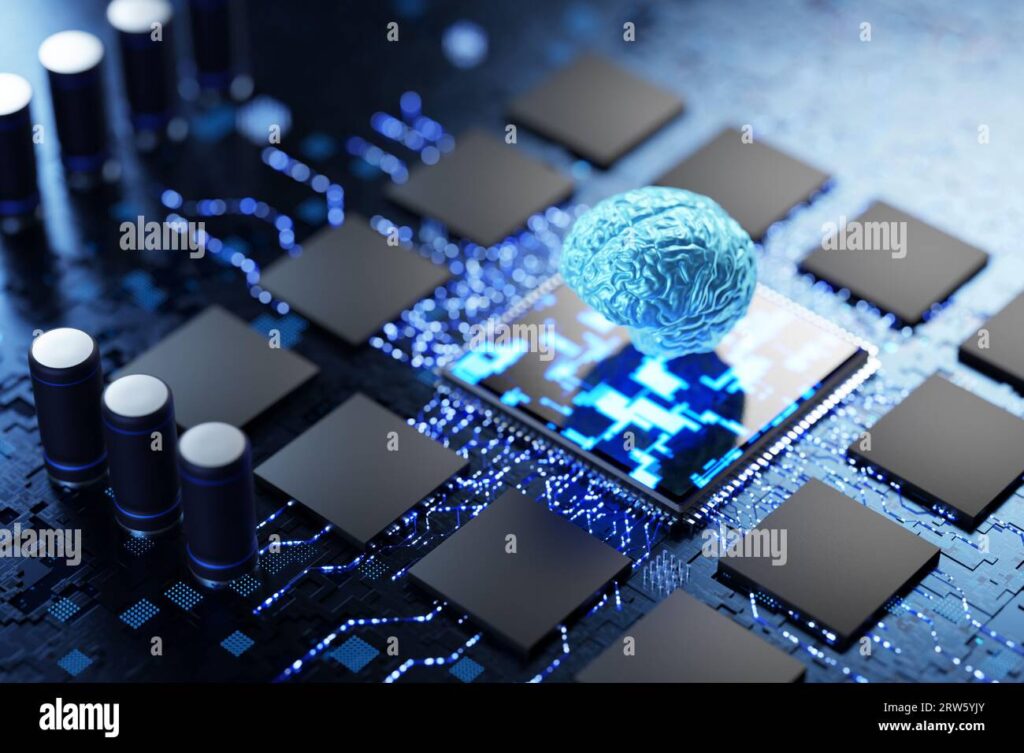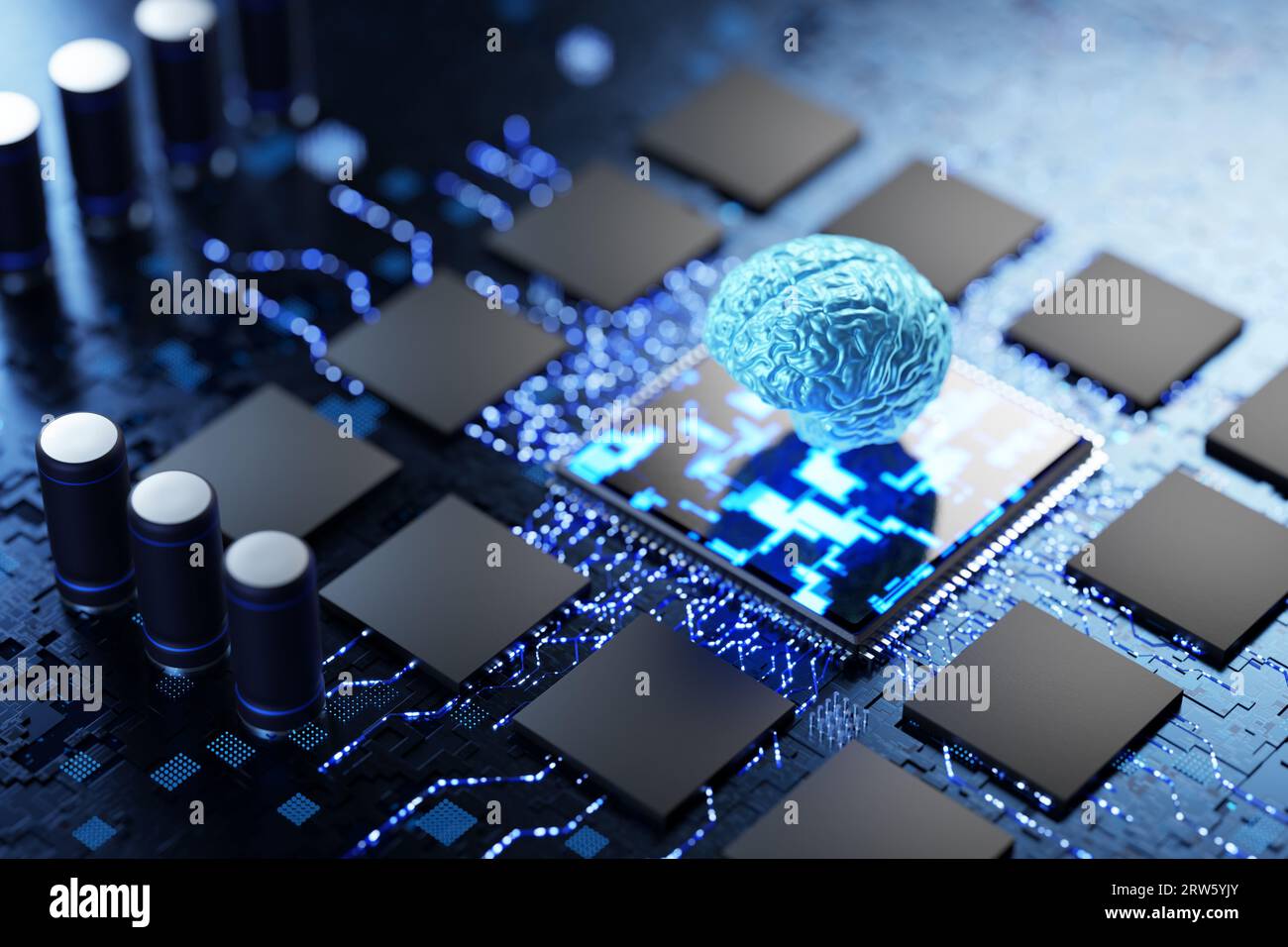Neural Network Mental Training: The Future of Cognitive Enhancement
The human brain is one of the most sophisticated biological systems in existence. It processes billions of signals, makes split-second decisions, and stores memories that define who we are. But what if technology could help us train and strengthen our brains more efficiently than ever before? That’s where neural network mental training comes in — a cutting-edge intersection between artificial intelligence (AI) and neuroscience that promises to revolutionize human cognition.

This innovative approach uses deep learning algorithms, inspired by how the brain itself works, to understand, simulate, and enhance human thought processes. From improving focus and memory to accelerating problem-solving and emotional regulation, neural network-based mental training offers a glimpse into the future of mental fitness.
In this article, we’ll explore what neural networks are, how they’re being used for mental training, real-world applications, benefits, challenges, and what lies ahead for AI-powered cognitive development.
What Is Neural Network Mental Training?
To understand neural network mental training, we first need to grasp what a neural network is. In artificial intelligence, a neural network is a system of algorithms modeled after the human brain’s neurons. These networks learn from data by identifying patterns and adjusting themselves through “training.”
When applied to mental training, neural networks analyze brain activity, cognitive behaviors, and performance data to:
- Identify weaknesses in focus, memory, or attention.
- Design personalized exercises to improve those areas.
- Provide real-time feedback based on measurable progress.
Simply put, neural network mental training uses AI to “train your brain to train itself” — creating a continuous loop of learning and self-improvement.
How Neural Networks Mimic the Human Brain
Artificial neural networks (ANNs) were inspired by the structure of biological neurons. Each neuron receives input signals, processes them, and sends output signals to other neurons. Similarly, ANNs have layers of interconnected nodes that process information mathematically.
When you expose an ANN to data — for example, EEG readings or memory test results — it starts identifying patterns and learning how different activities affect mental performance.
Over time, this system becomes better at predicting cognitive states (like stress or distraction) and recommending exercises or habits to improve them. It’s like having a digital mirror of your mind that learns and grows alongside you.
The Science Behind Mental Training
Mental training refers to systematic exercises designed to improve cognitive abilities such as attention, memory, decision-making, and emotional regulation. Traditionally, these exercises have been static — think of puzzles, brain games, or mindfulness practices.
Neural network mental training, however, takes this to a completely new level. By using AI-driven neurofeedback, these systems dynamically adjust exercises based on your current brain state.
For instance:
- If your EEG data shows reduced focus, the system might shift to a concentration game that strengthens the prefrontal cortex.
- If stress indicators rise, it might introduce breathing exercises or relaxation stimuli to balance brainwave patterns.
This kind of real-time personalization is something traditional methods simply can’t offer.
Key Technologies Behind Neural Network Mental Training
Several AI and neuroscience technologies come together to make this innovation possible:
1. Brain-Computer Interfaces (BCIs)
BCIs allow communication between the brain and external devices. They record electrical signals (via EEG or fMRI) and send the data to neural networks for analysis.
For mental training, BCIs help monitor how your brain reacts during cognitive exercises. The neural network then adapts tasks based on that feedback to maximize efficiency.
2. Deep Learning Algorithms
Deep learning enables systems to learn from large amounts of brain data, identifying subtle patterns linked to performance or mood. Over time, the algorithm gets better at predicting what kind of training will produce the best results.
3. Neurofeedback Systems
Neurofeedback uses real-time monitoring of brain activity to teach users how to regulate their mental states. When powered by neural networks, these systems become much smarter — offering adaptive feedback that matches your unique neural profile.
4. Virtual and Augmented Reality (VR/AR)
Immersive environments make mental training more engaging and realistic. Neural networks analyze your behavior within VR tasks to measure reaction times, focus levels, and stress responses.
Applications of Neural Network Mental Training
The potential applications of neural network mental training span multiple fields — from healthcare and education to sports and corporate wellness.
1. Cognitive Enhancement for Professionals
Executives, engineers, and creative professionals are using neural network-based tools to improve focus, memory retention, and problem-solving skills. AI systems can detect when users lose focus and recommend mental breaks or exercises to reset their brain performance.
2. Rehabilitation After Brain Injury
Patients recovering from strokes, traumatic brain injuries, or cognitive impairments can benefit from adaptive AI mental training programs. Neural networks can track recovery progress and adjust rehabilitation exercises accordingly, helping patients regain memory and motor functions faster.
3. Education and Learning Optimization
In schools and universities, AI-driven mental training is helping students enhance attention spans, improve retention, and reduce stress during exams. Neural networks analyze learning behaviors to recommend study strategies tailored to each student’s cognitive profile.
4. Athletic Performance and Focus Training
Athletes use neural network-based neurofeedback systems to train mental endurance and concentration under pressure. These programs detect patterns of distraction or anxiety and guide athletes to regain optimal mental states.
5. Mental Health and Stress Management
AI can detect early signs of burnout, depression, or anxiety by analyzing speech, facial expressions, or brain activity. Neural network models can then deliver personalized mindfulness or cognitive behavioral therapy (CBT) exercises.
Benefits of Neural Network Mental Training
The integration of neural networks into mental training offers transformative benefits:
1. Personalized Training Programs
Traditional mental training treats everyone the same. Neural networks, on the other hand, create unique programs that evolve as your brain improves.
2. Real-Time Feedback and Adjustment
Because the system continuously learns from your brain data, it adapts exercises instantly for maximum cognitive gain.
3. Objective Measurement of Progress
AI analytics can measure progress in terms of attention span, recall speed, or emotional stability — giving users tangible results.
4. Enhanced Neuroplasticity
AI-driven exercises strengthen neural connections, supporting brain plasticity — the ability to form new neural pathways essential for learning and memory.
5. Accessibility and Engagement
Using mobile apps, wearable EEG devices, and VR platforms, neural network mental training is now accessible to everyone — not just neuroscientists or clinicians.
Real-World Examples and Emerging Startups
Several innovative projects are already demonstrating the power of neural network mental training:
- NeuroTrainer: Combines VR and AI to enhance cognitive performance through adaptive visual and memory exercises.
- MindMaze: Uses neural networks for neurorehabilitation after brain injuries, offering virtual mental and physical therapy sessions.
- Kernel: Develops brain-recording helmets that use AI to monitor cognitive function and provide insights for self-improvement.
- Emotiv Insight: An EEG headset that provides real-time data to neural networks for focus and meditation training.
- Muse Headband: Uses AI algorithms to track brainwave patterns and provide neurofeedback during meditation sessions.
These systems collectively show how AI is moving from passive observation to active collaboration with the human brain.
Challenges and Ethical Considerations
While the future looks bright, neural network mental training isn’t without challenges.
1. Data Privacy and Security
Brain data is highly personal. If misused or hacked, it could reveal intimate details about one’s thoughts and emotions. Strict regulations and encryption standards are essential.
2. Algorithmic Bias
Neural networks trained on biased datasets could produce unfair or inaccurate cognitive assessments. Continuous monitoring and diversity in training data are necessary.
3. Overdependence on Technology
Relying too much on AI could lead to reduced natural problem-solving or introspection skills. Balance is key — AI should augment, not replace, human effort.
4. Ethical Boundaries in Cognitive Enhancement
Using AI to treat mental illness is ethical, but using it to “boost” already high-performing individuals raises moral concerns. Should technology create a mental elite?
5. Cost and Accessibility
Advanced neurofeedback headsets and AI systems are still expensive. Widespread adoption will require affordability and user-friendly design.
The Future of Neural Network Mental Training
The coming decade will bring incredible advancements in human-AI cognitive collaboration.
1. Hybrid Human-AI Brains
Future systems may enable seamless integration between natural memory and digital intelligence, allowing people to “upload” or “enhance” memories on demand.
2. Predictive Cognitive Health
Neural networks could monitor brain patterns to predict mental fatigue or cognitive decline before symptoms appear. Preventive brain health will become mainstream.
3. AI-Enhanced Education
AI tutors powered by neural networks will understand how each student’s brain works, creating personalized lesson plans that improve comprehension and retention.
4. Mental Fitness as a Lifestyle
Just as physical fitness apps are now popular, neural network mental training will become a daily habit — with wearable AI coaches guiding users toward optimal cognitive performance.
How to Start Neural Network Mental Training Today
You don’t need futuristic implants to start benefiting from neural network-based mental enhancement. Here are some practical steps:
- Use AI-based brain training apps – Tools like Lumosity, Elevate, or Peak already use adaptive neural algorithms.
- Try EEG-based wearables – Devices like Muse or Emotiv track your brain activity and provide personalized feedback.
- Practice guided mindfulness – AI meditation apps analyze your breathing and mental state for improvement.
- Adopt digital detox routines – Use AI to track and reduce cognitive overload from screen time.
- Experiment with VR training – Virtual environments can simulate focus and decision-making scenarios.
Final Thoughts
Neural network mental training represents a bold step toward the convergence of technology and the human mind. By combining neuroscience, artificial intelligence, and data-driven personalization, it opens new doors to understanding and enhancing cognition.
We are entering an era where AI doesn’t just simulate intelligence — it helps build it. Through responsible use, privacy protection, and ethical innovation, neural network mental training could redefine human potential and make mental optimization as common as physical fitness.




